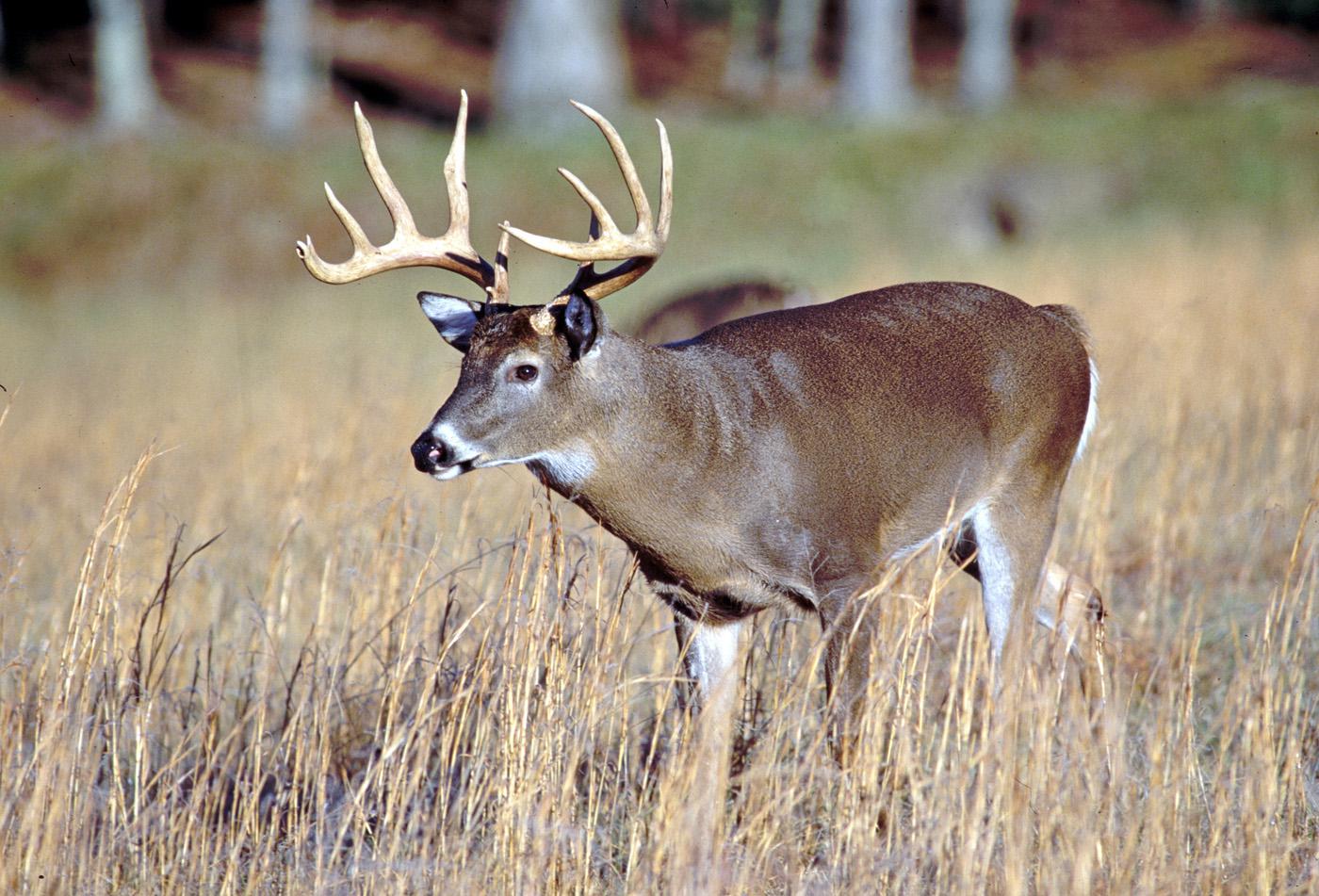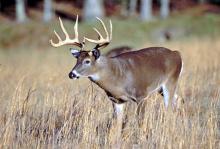Information Possibly Outdated
The information presented on this page was originally released on September 9, 2010. It may not be outdated, but please search our site for more current information. If you plan to quote or reference this information in a publication, please check with the Extension specialist or author before proceeding.
MSU research leads to antler scoring software
By Patti Drapala
MSU Ag Communications
MISSISSIPPI STATE – A Mississippi State University research project to convert trail camera photographs into management tools has led to new software that could improve the deer population “picture.”
Wildlife biologists take age and antler measurements from harvested deer because the physical collection of data is relatively easy. Until recently, harvested deer were the only source of such data, so it provided no information on the remaining deer.
“Using information from harvested deer won’t accurately represent the deer population because of antler-based harvest regulations and hunters’ selectivity,” said MSU professor Steve Demarais.
Demarais and assistant Extension professor Bronson Strickland of the MSU Department of Wildlife, Fisheries and Aquaculture, supervised wildlife graduate student Jeremy Flinn as he developed an age and antler estimation software program.
Demarais said biologists and hunters can photograph most deer living in an area.
“We believe that a properly conducted camera survey can accurately reflect the herd’s true composition,” Demarais said.
Flinn said photos are not foolproof because they are two-dimensional, making antler measurements more difficult.
“A two-dimensional photo cannot compensate for curvature and depth perception,” Flinn said. “We fix this problem using equations that transform a two-dimensional measurement into a three-dimensional estimate.”
Digital images must be high quality to provide more precise measurements in the software to estimate the age and antler score of the deer.
“We began to see how this technique could be mutually beneficial to wildlife managers and sports enthusiasts because they could use the software to score a deer’s antlers and compare it with others within a herd or habitat area,” Strickland said.
Flinn measured the physical characteristics of more than 2,000 deer from across North America. He included the animals’ ear and eyeball widths, distances between eyes and nostrils, and the muzzle. These features are crucial to proper scaling of the photograph.
“The software allows a user to select the state or region where the deer was photographed,” Flinn said. “The software then accesses a unique set of physical features collected from that area. This ensures that antler size estimates are accurate by region.”
Flinn demonstrated the software at the 2009 national convention of the Quality Deer Management Association in Louisville, Ky. Chief operating officer Randy Russell of NBFog, Inc., took note. NBFog is an Austin, Texas-based company focused on outdoor businesses.
NBFog obtained a license agreement from MSU to market the software as BuckScore. The software will be available to educators, scientists and hunters to age and score antlers of white-tailed deer. Flinn, who accepted a job as general manager of BuckScore after he graduated this summer, has high hopes for the upcoming release of the software.
“The software can be used to determine the characteristics of antlers, such as their inside spread, main beam length or basal circumference,” Flinn said.
Future versions of the software will allow users to age deer. Age is one of the most important factors in correlating biological data to determine the condition of the deer herd.
“Two deer could be the same size, but one of them actually may be older,” Flinn said. “The younger deer may have more years left before he reaches his maximum size.”
There are more applications on the horizon. Software for scoring other species, such as mule deer and elk, could be developed using the same technique. This would help wildlife managers and hunters improve their decision-making when managing populations.
If nothing else, the software takes the guesswork out of judging size from a distance of 15 feet or higher in a tree stand.
Chase Kasper, interim director for MSU’s Office of Technology Commercialization, helped guide BuckScore through the licensing process. MSU began conversations about licensing with NBFog in the winter of 2009, and the license was signed in May 2010.
“We’re excited about formalizing the relationship with NBFog. They have a seasoned management team, and we are confident that their experience in the outdoor goods and services industry will lead to success in commercialization efforts of MSU’s research efforts in this area,” Kasper said. “The company is ramping up development and production of the software in time for the upcoming hunting season.”
Go online to http://www.buckscore.com to find out more about the program.







